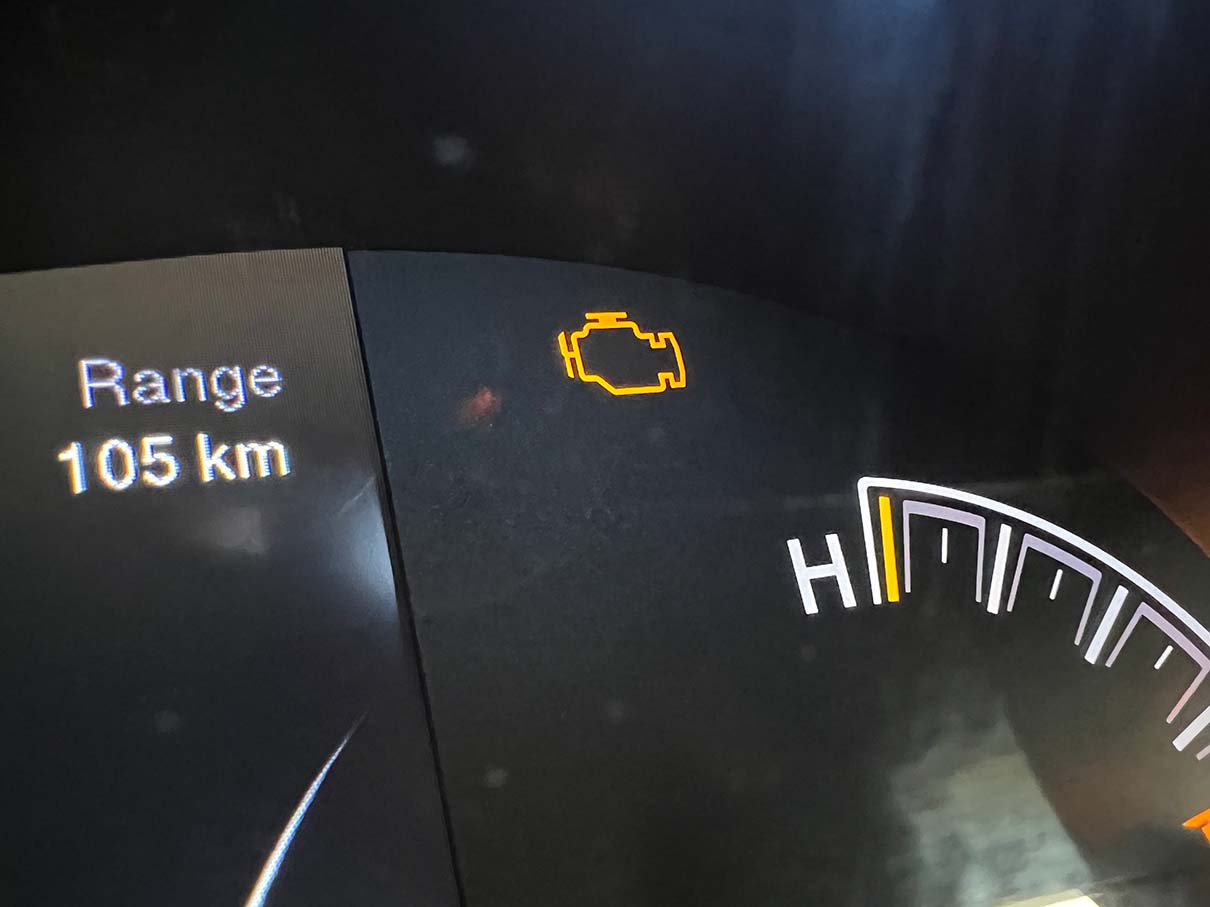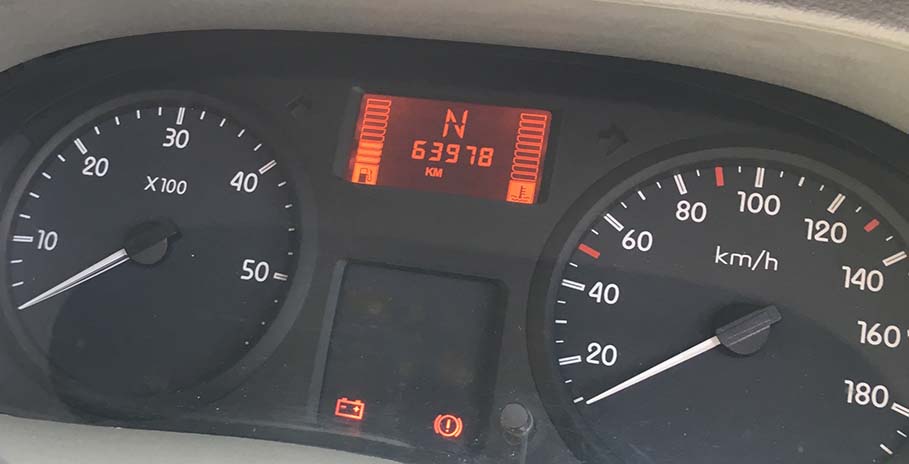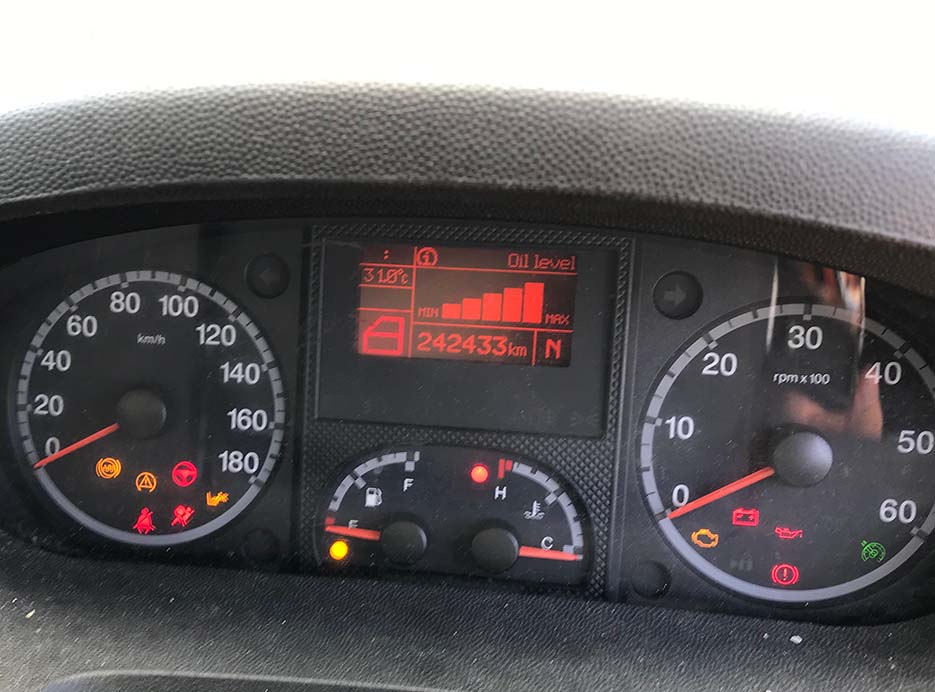|

When an engine warning light illuminates on your dashboard, it signals potential issues ranging from minor to serious. Recognising these alerts and understanding their urgency can alleviate concerns and guide appropriate actions.
Engine warning lights are critical indicators designed to alert drivers to various vehicle system issues. Their appearance, while concerning, prompts drivers to evaluate and rectify potential problems. Below, we delve into common warning lights, offering a straightforward explanation of each and the recommended response.
As a general guideline, warning lights on your dashboard follow a color-coded system to indicate the level of urgency:

This light can signal a variety of issues, from minor concerns like a loose fuel cap to more significant problems with the engine or emission systems. Vehicles with an OBD-II system allow for precise diagnostics through a port under the driver's dashboard. If this light comes on, especially if accompanied by unusual symptoms like smoke or stalling, consult a mechanic immediately. For severe symptoms, towing the vehicle is advised.
This maintenance reminder, based on mileage or engine conditions, signals it's time for routine service. If it activates earlier than expected, it suggests your vehicle may need attention sooner, possibly due to specific conditions detected by onboard monitoring.
Indicating issues with the vehicle's electrical charging system, this light warns of problems like a failing alternator or poor battery connections. Ignoring this light can lead to more severe issues, including engine damage or a dead battery.
A lit coolant light warns of low coolant levels, urging immediate action to prevent overheating and engine damage. Always allow the engine to cool before attempting to open the radiator cap.
Low Oil Level: Signals the need to check and possibly top up your engine oil. Low Oil Pressure: A critical warning that requires stopping the engine immediately to avoid significant damage, indicating a severe lubrication problem.
These lights vary by vehicle but generally include indicators for the parking brake, hydraulic pressure, or ABS system faults. A simultaneous appearance of ABS and brake lights is a serious safety concern, necessitating immediate action to ensure braking capability.

Understanding your vehicle's warning lights and their urgency levels is crucial for maintaining your car's health and safety on the road. Always refer to your vehicle's owner's manual for model-specific information and adhere to the color-coded urgency system to prioritise issues effectively.
Previous: Buying a Used Car: Why checking the service history is important